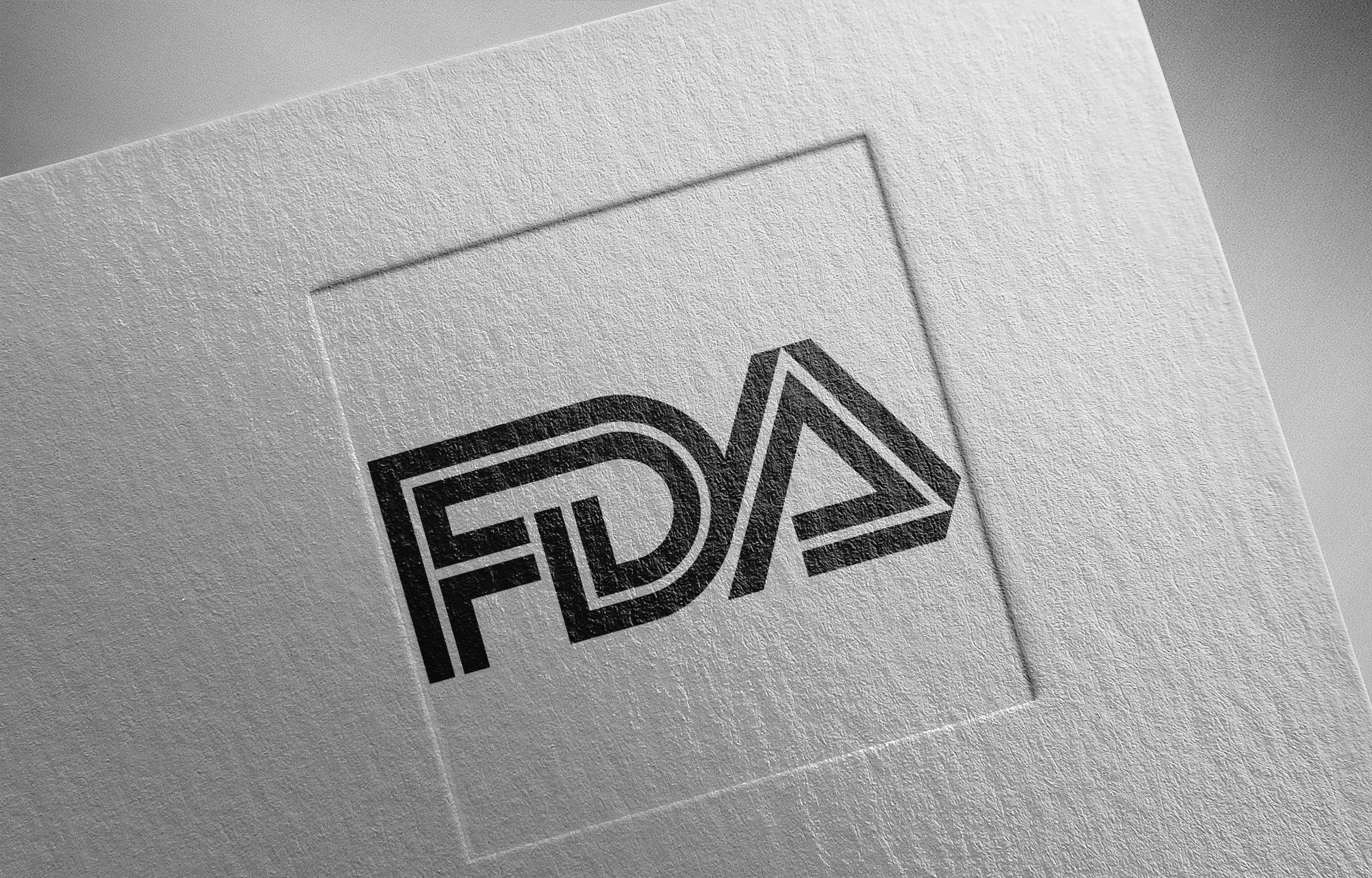FDA accepts new drug application for vatiquinone to treat Friedreich's ataxia
The FDA has accepted PTC Therapeutics' NDA for vatiquinone, a potential treatment for Friedreich's ataxia, with a decision expected by August 19, 2025.
Image Credit: © Araki Illustrations - stock.adobe.com

PTC Therapeutics has announced that the FDA has accepted its new drug application (NDA) for vatiquinone to treat Friedreich's ataxia (FA). The application has been granted priority review, with a Prescription Drug User Fee Act (PDUFA) target action date set for August 19, 2025.1
"We are excited to be one step closer to bringing an approved therapy to all patients with Friedreich's ataxia," said Matthew B. Klein, MD, CEO of PTC Therapeutics. "If approved, vatiquinone would be the first therapy for pediatric patients with FA, and provide a potential safe, well-tolerated and effective treatment alternative for adults. The granting of priority review by FDA reflects the significant unmet need for younger patients with FA. We look forward to working collaboratively with FDA during the review process."1
The NDA submission is based on findings from the placebo-controlled MOVE-FA study, along with data from two long-term studies involving both pediatric and adult FA patients. These studies provide evidence that vatiquinone slows disease progression and is safe and well tolerated across all age groups.2
Vatiquinone is designed to inhibit 15-Lipoxygenase (15-LO), an enzyme involved in energy regulation and oxidative stress pathways, which are disrupted in FA.1 The drug aims to mitigate mitochondrial dysfunction, reduce oxidative stress, and support neuronal survival. Clinical trials suggest that vatiquinone has a positive impact on fatigue, neurological symptoms, and mortality risk in FA patients.2
The MOVE-FA trial, a global phase 3 study (NCT04577352), enrolled 143 FA patients aged 7 years and older, with a modified FA Rating Scale (mFARS) score between 20 and 70, and the ability to ambulate at least 10 feet in one minute with or without assistance. The primary endpoint measured the placebo-corrected change from baseline in mFARS at 72 weeks. The intent-to-treat (ITT) population had a mean age of 18.7 years, while the modified ITT (mITT) population, consisting of 123 subjects aged 7-21 years, had a mean age of 14.6.2
Results from the mITT population showed a -1.61 (p=0.144) change in mFARS at 72 weeks relative to placebo. A consistent vatiquinone treatment benefit was observed across primary, secondary, and exploratory endpoints. Notably, nominally significant benefits were recorded in the Upright Stability subscale (USS) of mFARS (-1.26 [p = 0.021]), a key metric for disease progression in younger, ambulatory FA patients, and the Modified Fatigue Impact Scale (MFIS), -5.05 (p = 0.025). Vatiquinone was well tolerated, with no difference in treatment-related adverse events between treatment and placebo groups.2
MOVE-FA demonstrated clinically relevant benefits across multiple endpoints. Vatiquinone treatment resulted in a statistically significant effect on the USS, an endpoint that predicts the risk of loss of ambulation—a critical therapeutic goal for ambulatory FA patients. Preventing loss of mobility is essential for improving the quality of life of individuals affected by FA, particularly younger patients.2
Friedreich's ataxia is a rare, inherited neuromuscular disorder that affects the central nervous system and heart. It is caused by a genetic mutation leading to reduced production of frataxin, a protein essential for cellular metabolism. Symptoms include loss of coordination, muscle weakness, difficulty speaking and swallowing, spinal curvature, heart conditions, diabetes, and vision and hearing impairment. The disease typically manifests in childhood or adolescence, with progression varying from patient to patient. Approximately 25,000 people worldwide are affected by FA, and there is currently no approved treatment that directly targets disease progression.1
This is the fourth NDA submission from PTC Therapeutics to be accepted for review by the FDA in 2024.1 If vatiquinone is approved, it could mark a significant milestone in FA treatment, offering hope for individuals and families affected by the disease.
References:
1. PTC Therapeutics. PTC Therapeutics Announces FDA Acceptance and Priority Review for Vatiquinone NDA for the Treatment of Children and Adults with Friedreich's Ataxia. PR Newswire. February 19, 2025. Accessed February 19, 2025. https://www.prnewswire.com/news-releases/ptc-therapeutics-announces-fda-acceptance-and-priority-review-for-vatiquinone-nda-for-the-treatment-of-children-and-adults-with-friedreichs-ataxia-302379909.html
2. Lynch D, Duquette A, França Jr MC, et al. Safety and Efficacy of Vatiquinone Treatment in Friedreich Ataxia Patients from MOVE-FA: a Phase 3, Double-blind, Placebo-controlled Trial. Poster presentation S79. Presented at: MDA Clinical and Scientific Conference. https://www.mdaconference.org/abstract-library/safety-and-efficacy-of-vatiquinone-treatment-in-friedreich-ataxia-patients-from-move-fa-a-phase-3-double-blind-placebo-controlled-trial/